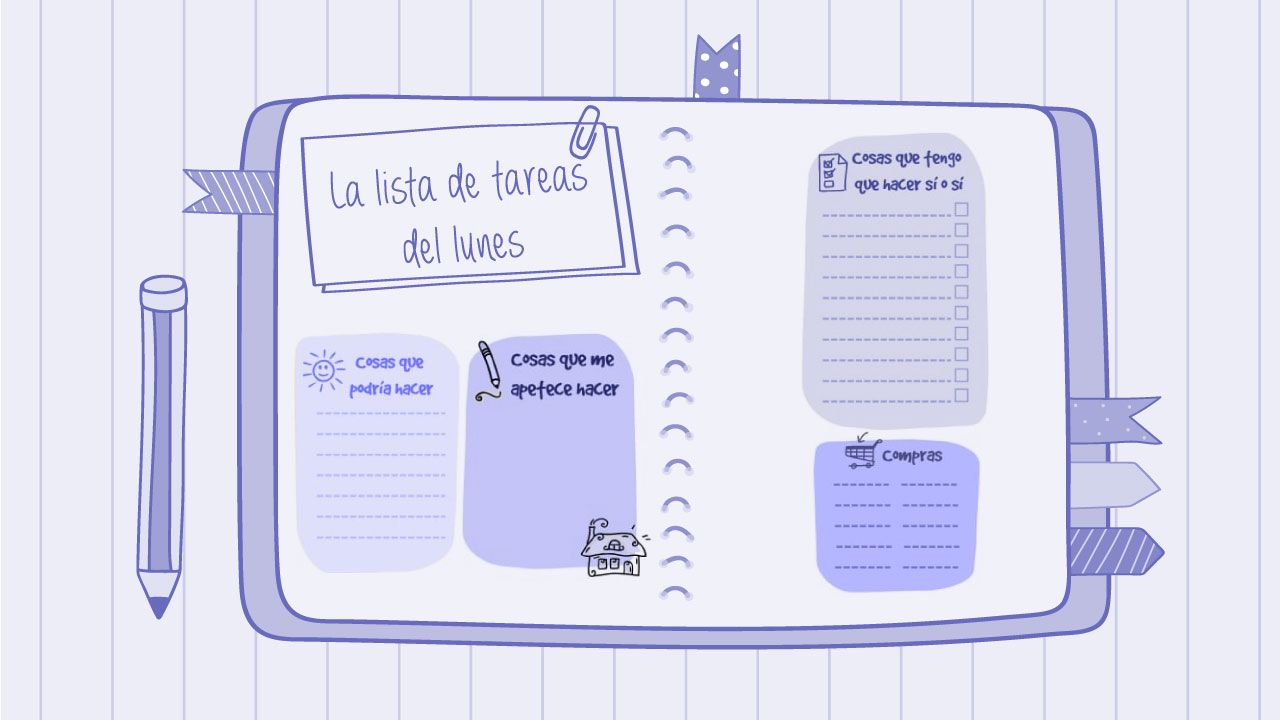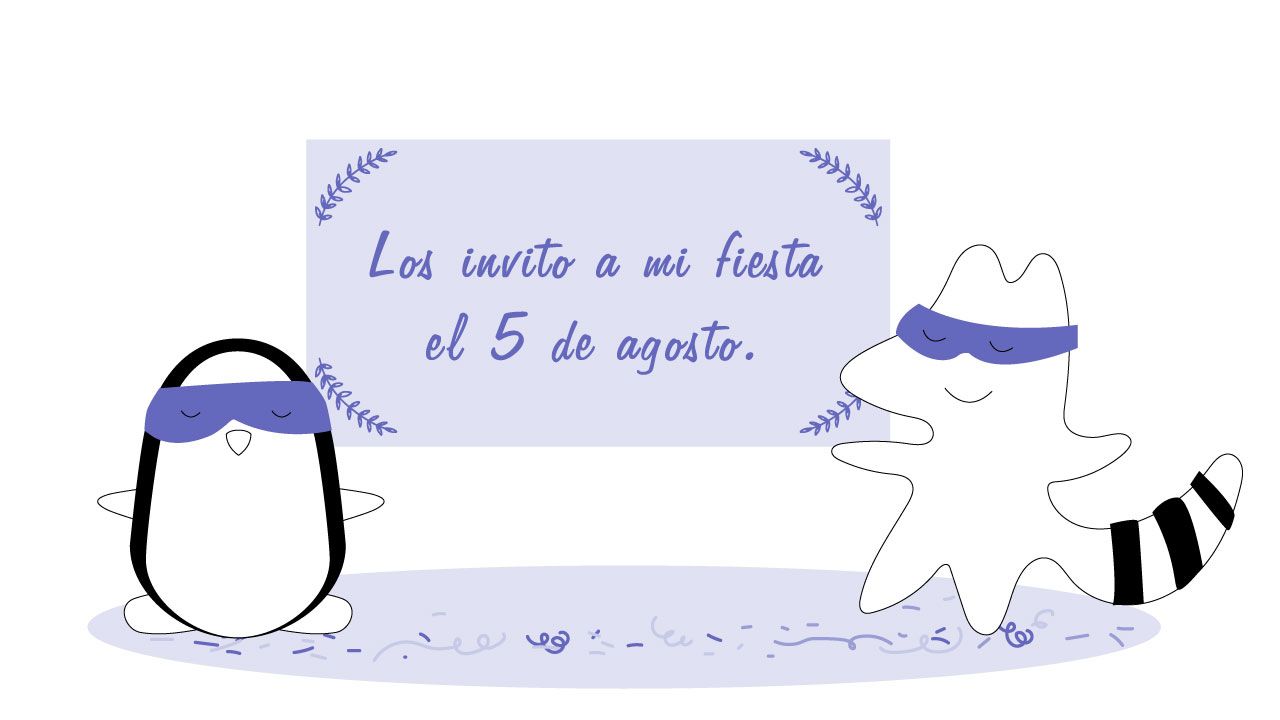
We use days of the week and months of the year all the time – in our schedules, calendars, and to-do lists. For this reason, it’s essential to start learning these vocabulary words as soon as you start learning a new language, as they will help you communicate and coordinate with other people later on.
In many ways, the Spanish calendar is very similar to the English calendar and its etymology, so remembering new words shouldn’t be difficult. They both have twelve months, and they both use four seasons of the year.
However, there are a few key differences that set the Spanish calendar apart. In this article, we will explore those differences in more detail. Let’s go!
Days of the Week in Spanish
When it comes to the days of the week, it’s important to know that the Spanish calendar starts on Monday and ends on Sunday. This is different from the English calendar, which starts on Sunday and ends on Saturday.
Here are the days of the week in Spanish:
Native
Translation
los días de la semana
the days of the week
lunes
Monday
martes
Tuesday
miércoles
Wednesday
jueves
Thursday
viernes
Friday
sábado
Saturday
domingo
Sunday
Grammar Note
As you’ve probably already noticed, days of the week are not capitalized in Spanish. Most of the Spanish names for the days of the week are of Greco-Roman etymology and are named for heavenly bodies. For example, a Spanish word for Friday - viernes - is named for Venus, a goddess of love.
All days of the week are masculine in Spanish. This means you'll always have to use masculine articles – el, los, un and algunos – and masculine adjectives when using the days of the week in speaking or writing.
It’s also important to note that the singular and plural forms of the days of the week that end in s are the same in Spanish. As such, all you need to do is change the article. For example:
- el lunes - on Monday
- los lunes - on Mondays

Months in Spanish
The months of the year are almost exactly the same in Spanish and English, thanks to their common heritage – they both come from around the time of the Roman Empire.
Here are the months of the year in Spanish with audio and English translations:
Native
Translation
enero
January
febrero
February
marzo
March
abril
April
mayo
May
junio
June
julio
July
agosto
August
septiembre
September
octubre
October
noviembre
November
diciembre
December
Grammar Note
Much like the days of the week, months of the year are not capitalized in Spanish, unless they come at the beginning of a sentence.
All months in Spanish are also masculine. However, unlike the days of the week, you can skip the article el in most cases. It is generally used when giving specific dates, and in such a case, the el comes before the number rather than the month - for instance, el tres de octubre for October 3rd.
Three months have adjective forms in the Spanish language:
- abrileño (pertaining to April),
- marzal (pertaining to March),
- agosteño (pertaining to August).
Native
Translation
Las lluvias abrileñas de nuestro país son persistentes.
The April rains in our country are persistent.

Seasons of the Year in Spanish
Most of the Spanish-speaking world uses the four seasons of the year, they are:
Native
Translation
estaciones del año
seasons of the year
el invierno
winter
la primavera
spring
el verano
summer
el otoño
autumn, fall
There is also another word for summer - el estío - but it appears more in literature than in everyday speech.
However, in much of the tropics there are only two seasons that locals care about:
Native
Translation
la estación lluviosa
rainy season or wet season
la estación seca
dry season
Other names for these seasons are invierno and verano for the rainy and dry season respectively.
Grammar Note
As you can see, the names of seasons of the year are almost always paired with definite articles – el or la – in Spanish unlike in English. This applies to both singular and plural forms of these words.
Native
Translation
Me encanta la primavera.
I love spring.
However, you can replace definite articles in Spanish with determiners like este (this) and un (one). In addition, we can skip the definite article if the name of a season of the year comes after forms of the verb ser and the prepositions en and de. For example:
Native
Translation
Ya era otoño en Barcelona.
It was already autumn in Barcelona.
To form an adjective of a Spanish name for a particular season, for example, the equivalent to English word summer-y, you need to add de to the name of the season, e.g., de verano.
However, there are also separate adjectival forms that mostly appear in writing:
Native
Translation
invernal
wintry
primaveral
springlike
veraniego
summery
otoñal
autumnal
Additionally, the Spanish word for summer - verano - also has a verb form - veranear - which means to spend the summer away from home, and functions as an equivalent of the English verb vacation.

Years in Spanish
When it comes to talking about years in Spanish, great news is that, unlike in English, there are no special rules for doing so. You can pronounce them like any cardinal number, so make sure to check our blog post on mastering Spanish numbers. Here are a few examples of how to spell out years in Spanish:
- 1950 - mil novecientos cincuenta
- 2009 - dos mil nuevos
- 2022 - dos mil veintidós
Native
Translation
¿En qué año naciste? - En mil novecientos noventa y siete.
What year were you born? - In nineteen ninety-seven.
Here are a few more Spanish words you’ll need to talk about years:
Native
Translation
año
year
años
years
siglo
century
año bisiesto
leap year
antes de Cristo (a. C.)
BC
después de Cristo (d. C.)
AC
How to Write Dates in Spanish
Now that you know the names of the months of the year and the days of the week, we can move to writing dates in Spanish. The most common date format used in Spanish-speaking countries is the following structure: el + number + de + month + de + year.
For example, to translate the phrase It was Friday, 25th of July, 1997 into Spanish, you will need to say Era un viernes, el 25 de julio de 1997.
Note that the word on in an on + date phrase (e.g., on July 4) does not have to be translated to Spanish.
When writing dates in Spanish using just numbers, we use Roman numerals and follow the date-month-year sequence (DD/MM/YYYY). For example, May 7, 2017 should look like 07/05/2017. Note that in Spanish we use the European date format used in English, not the one used in the United States.
The Bottom Line

As you can see, Spanish and English calendars have a lot of things in common. For this reason, remembering new words and learning to write dates in Spanish shouldn’t be too tricky. It’s still important to be mindful of grammatical differences and remember to use articles when needed.
To make your Spanish learning journey even more effective and enjoyable, download our Langster app to learn Spanish with bite-size stories and lots of examples and practice several language skills at once. Good luck!









